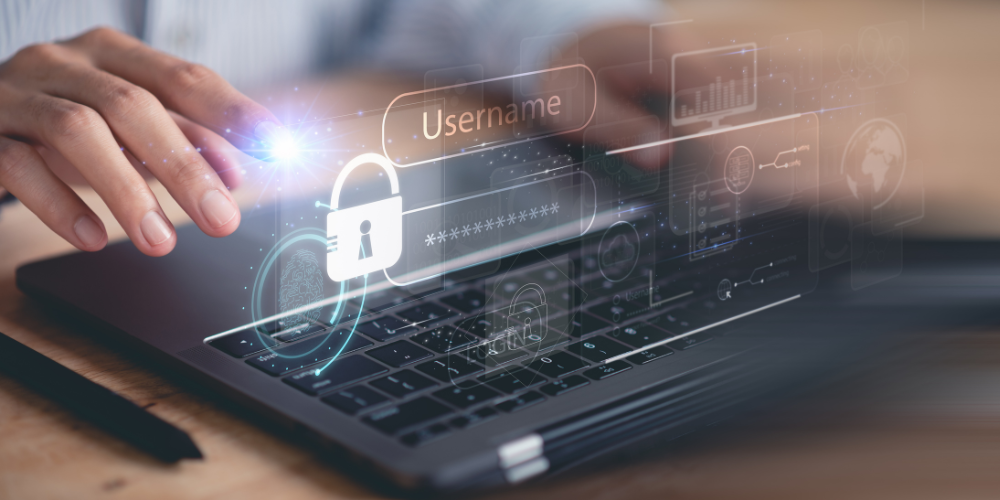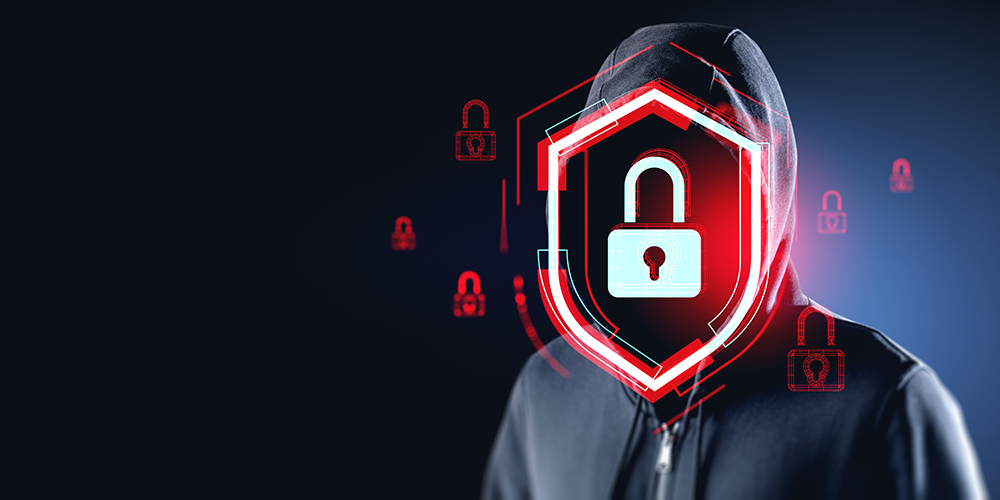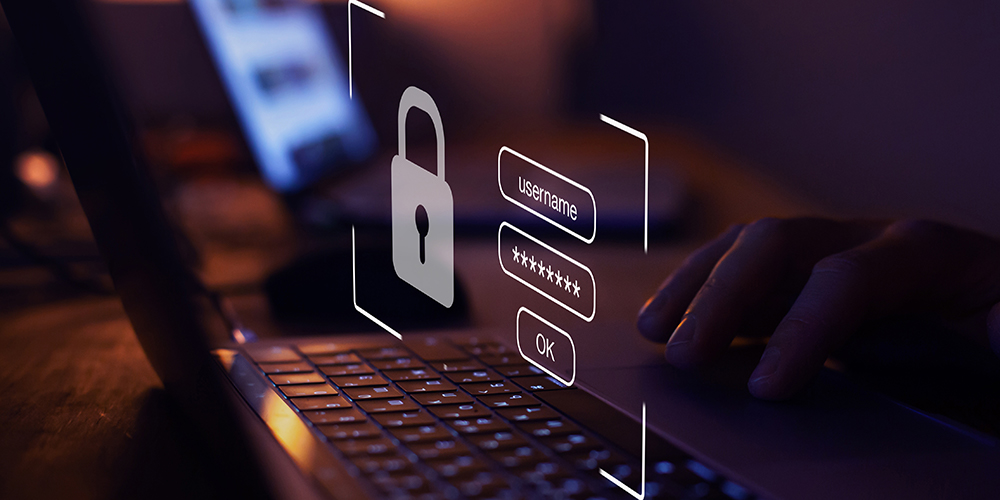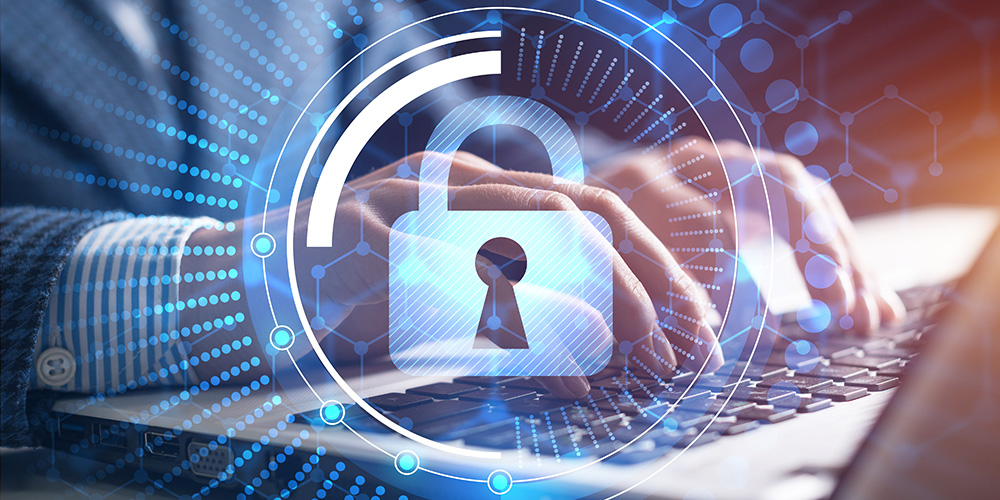
May 13, 2024 | SMB Technology, SMB Technology, SMB Technology, SMB Technology, Technology News
According to an article in the HIPAA Journal, May 2nd was “National Password Day.” You didn’t know there was such a day? National Password Day was declared in 2013 to bring awareness of both the importance of passwords in keeping personal and company data safe, but also about password risks and best practices to mitigate those risks. Read on to learn about the state of thinking about passwords, and how to better manage login credentials. A Brief History of Passwords Even with biometric methods of identification, and single sign-on technology, passwords are still relevant as the most common way to secure personal and business accounts. Passwords were first developed in the 1960s at the Massachusetts Institute of Technology (MIT) to guard accounts against unauthorized access. Incidentally, the first password breach occurred there, too. More recently, a survey of 2400 respondents in the U.S. and other countries revealed some sobering statistics about password practices. Common Password Practices Using the same password for multiple accounts was a common practice, with 84% of respondents admitting to using the same password for multiple accounts. If a hacker can steal the password to just one account, they can easily gain access to others. 54% of respondents relied on memory for passwords, and because of this the passwords can be too short and weak. 36% incorporated personal information (family names or birthdays, for example) in passwords to make remembering easier. 33% used only a password, rather than two- or multi-factor authentication, to access their accounts. Moreover, even when changing passwords, users didn’t change them sufficiently. Instead, they...

May 1, 2024 | SMB Technology, SMB Technology, SMB Technology, SMB Technology, Technology News
Cybersecurity, ever a topic for businesses of all sizes, poses special challenges for small to medium-size businesses. Not only can they be special targets for bad actors, but they also deal with tight budgets and at times a lack of understanding of what cybersecurity means. Read on to learn how a small business can meet cybersecurity challenges and build strong defenses. A number of cybersecurity issues are challenging for smaller businesses, according to a CompTIA article. First, just getting started with a cybersecurity plan can seem like a huge task. And what does cybersecurity mean for your business? What mission-critical data and applications need protection? Once your company has decided on your goals, how will you reach them? Another issue is spending. Often, a small organization’s cybersecurity budget is tight, and the business cannot spend very much on an IT team, or the training to upskill current workers. How much will a third-party solution cost? These and other costs can seem daunting. Knowledge and understanding of the threat landscape is another challenge. Small or medium-size businesses might think that, being small, they are “under the radar” of cybercriminals. However, they are likely to be the victims of a cyberattack. According to the FBI, small businesses comprised the majority of victims in 2021. Even if the bad actors don’t specifically target a small company, they may use the small company to target larger businesses. Often, the criminals are looking to steal data – credit card and bank account information, customer data, even proprietary business information–from anyone they can. One of the challenges is complacency; small companies...

Jan 12, 2024 | SMB Technology, SMB Technology, SMB Technology, SMB Technology, Technology News
Businesses large and small deal every day with personally identifiable information from customers, employees and additional stakeholders. How do they protect it? While passwords alone are not considered personally identifiable information, they help keep it safe. Read on to learn more about how to manage passwords and keep data safe The Role of Passwords in Safeguarding PII Personally identifiable information (PII) is defined as data that can be linked with or traced to an individual. Such PII includes names, date of birth, address, Social Security numbers and other specific information about a person. Some of it is n-sensitive, part of public records or easily found online. Sensitive PII can include biometrics (used as part of multi-factor authentication, employment and financial records, and bank account credentials. Every business owner handles a great deal of personally identifiable information in the course of doing business. How can they protect it? Passwords authenticate a user’s access to websites (including company websites) that hold personally identifiable, often sensitive, data on employees, customers and more. Employees properly trained in password management can be helpful in safeguarding a company’s data. One key practice, along with developing strong passwords, is refraining from sharing these passwords with others. Keeping Passwords Private Benefits Your Business The reasons for keeping passwords secret may seem obvious–no one else can get into your accounts, or change your data, or leave it in danger of falling into the wrong hands. If your workers keep their passwords secret, they prevent sensitive information from being leaked to those who can misuse it. Individual workers (and your business as a whole)...

Jan 6, 2024 | SMB Technology, SMB Technology, SMB Technology, SMB Technology, Technology News
Cybersecurity is an ever-present issue, especially in these times of rapid innovation. With this innovation, companies need to remember the importance of protecting systems, devices, networks and data from cyber attack. But what if we all went a few steps beyond, thinking of what to do to deal with an incident while it’s occurring and after it happens. Read on to learn how to work toward making your organization cyber resilient in the face of today’s threat landscape. Cybersecurity and Cyber-Resilience The two concepts sound similar, but the difference between cybersecurity and cyber-resilience is the focus. Cybersecurity refers to protecting systems, networks and data from cyberattack, whereas cyber-resilience is about an organization’s ability to withstand and recover from an attack while and after it happens. Both are important, and both contribute to business resiliency. An attack happens about every 39 seconds, according to some sources. Common types include malware attacks, ransomware, and Distributed Denial of Service (DDoS), and these attacks can steal data or access to it, or even stall your system. And the effect on your business is potentially devastating; even a short power outage can result in costly downtime. How will your organization not just prevent these hazards, but deal with and recover from them, and stay running and resilient? Benefits of Cyber-Resilience The threat landscape continues to expand, with more attacks and the attacks becoming more sophisticated. Considering the rate of cyberattacks already occurring, the probability of one striking any one organization is high. Protecting yourself, as well as having a plan to respond to an attack when it happens, benefits your company in numerous ways....

Dec 1, 2023 | SMB Technology, SMB Technology, SMB Technology, SMB Technology, Technology News
With cutting-edge technology and digital innovation continuing to take center stage, technology spending is expected to continue expanding. With digital innovation like artificial intelligence, cloud computing and even the Internet of Things also comes a greater potential of cyber threats. Read on to learn more about technology trends and how they may affect businesses in 2024 and beyond Tech Spending to Increase in 2024 In general, worldwide technology spending is expected to increase by 8%, according to a Gartner article in October of 2023. The key sectors expecting growth include software at 13.8% IT services at 10.4%. Data privacy spending is expected to jump from 18.5% in 2023 to nearly 25% in 2024, and even network security equipment is expected to grow but more modestly, from 12.9% to 13.9%. Main business drivers are digital innovation, artificial intelligence, and cybersecurity, according to a Telarus report for 2023. Businesses are expecting to think about moving legacy systems for business operations to the cloud, when previously most of the cloud applications used were for customer-facing services. This has the possibility of driving managed services spending as well. Along with digital innovation comes cybersecurity concerns, propelling information security and risk management spending to $215 billion, a 24% increase from 2023. Harnessing Artificial Intelligence An IDC blog post forecasts global IT spending to expand to over $500 billion by 2027, with more spend allocated to AI implementation and adoption of AI-enhanced products and services. Technology providers anticipate investing money along with time and brainpower in incorporating AI into the core of their business. Although AI is a major turning point–with...






